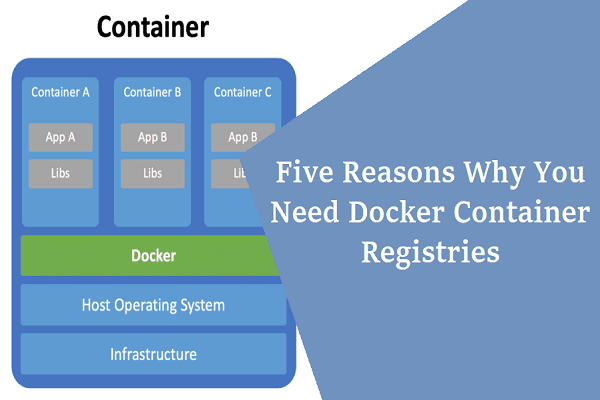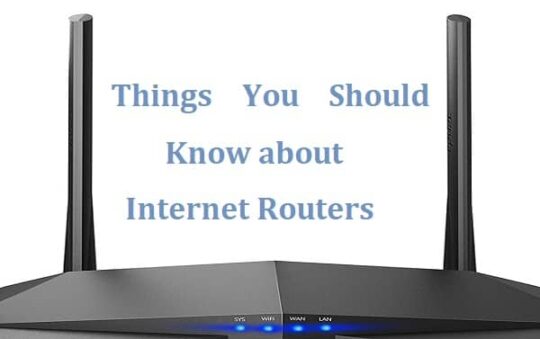In the world of computer science and the daily advancements it makes, it is impossible not to have come across Docker, starting in 2013, and the limitless possibilities and ease it brings to the automation in the deployment of software packages and products within containers for your operating system freeing you of a lot of hefty work and giving you maximum boot speed have earned it its special place in the hearts on the masses of developers. Read on further to find out more about the latest features brought to you by Docker.
What Are Docker Container Registries?
First and foremost, you need to understand what container registries are and why their existence comes about; as we know, containerization is a means to bring together software code and its Operating Systems requirements into a singular package. This package, upon installation by default, allows the basic framework for the working of the required software application on your local machine; thanks to this advancement, you won’t need to go an extra mile separately to install all the required other software or specific configurations that an application you are installing may require, which will save you time and space. Here is an extensive JFrog Docker Hub guide to help you get started.
Docker container registries are the cherry on top. A container registry greatly simplifies containerization by storing version histories and available images on a central site. This way, it acts as a link between all systems in interaction with it, which significantly increases a developer’s productivity as all related and relevant operations, as well as the container images themselves, are automatically managed.
With most businesses and companies now including DevOps best practices as a priority = whilst transforming digitally, this feature becomes a great help as DevOps triggers a positive shift in your work environment, and these pros will make you jump ship if you aren’t already on board.
Why Are Docker Container Registries Essential?
Docker container registries would be the number one recommendation when it comes to services you can integrate within in order to manage your container images with efficiency.
As cybercrime rises and malicious attacks increase daily, if you are working with high-risk data or your builds and code require vigilance and secure environments, it is highly recommended to use container registries as they store and manage all your artifacts in private repositories, including container images, Helm charts or any other language packages. You can read more on why cybersecurity has become such a key aspect whilst making any decisions with regard to your software processes or company business.
In this way, you can ensure no online malicious activity interferes or alters your material. Container Registries also allow you access through secure HTTP endpoints as well as all functionalities of push and pull of images directly from any operating system, virtual machine, or local hardware. Moreover, with these integrations in place, the software delivery supply chain becomes more secure and less dependent on testing environments.
Docker Hub container registry also functions as a marketplace for public container images, if you desire to publicly distribute your product then this can be a safe and great way to go about it. Especially if you are an enterprise, Docker registries enable you to simplify your development process significantly. The automation will speed up a lot of daily and smaller tasks allowing you to make more progress and add more value to your time.
Docker registries also authorize developers to supervise users and permissions. In accordance with your need, you can give access to selected team members when you need their assistance. You can later terminate the individuals’ access to the project when it has commenced. This allows for collaboration with your team on a need basis as security as well. As no valuable repositories are left accessible at risk long-term.
For even higher security standards you can decide to have your Docker registry privatized. By doing so, you acquire total control over your applications. Moreover, you can also be controlling who can and cannot access your Dockerimages, you also have the liberty to pick who can view them.
Conclusively, as Docker registries keep track of all histories, updates, alterations, and versions, you may gain insight into where an issue might have occurred. Increased reliability and safety make this outshine all other primitive methods. Whether you are at your job or are working remotely from home, you have access to your repositories and the ability to deploy containers on the go.
If you are yet a beginner and wish to further familiarise yourself you can read more about container registries, their benefits, and how they aid your organization in its basic and complex CI/Cd tasks.



